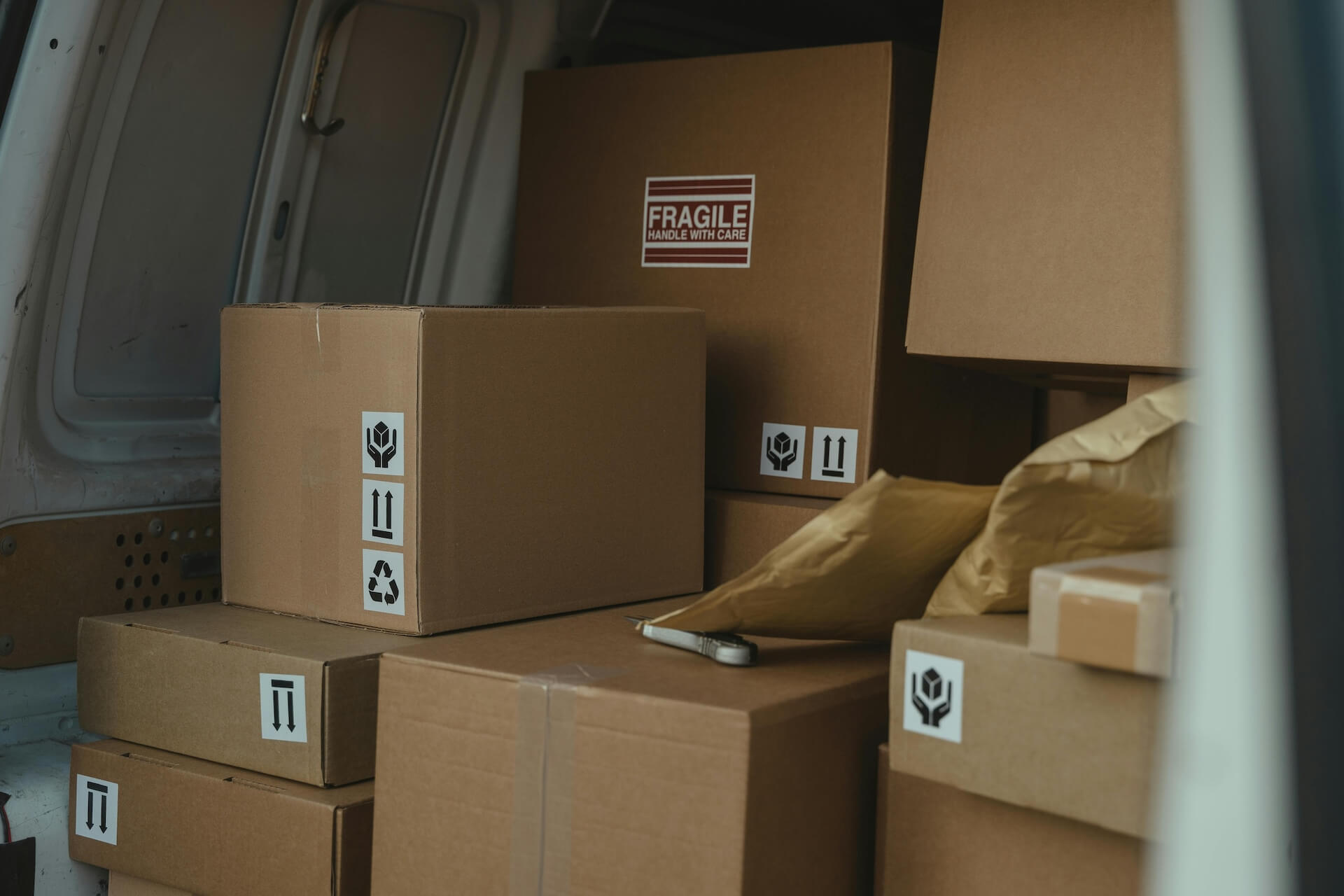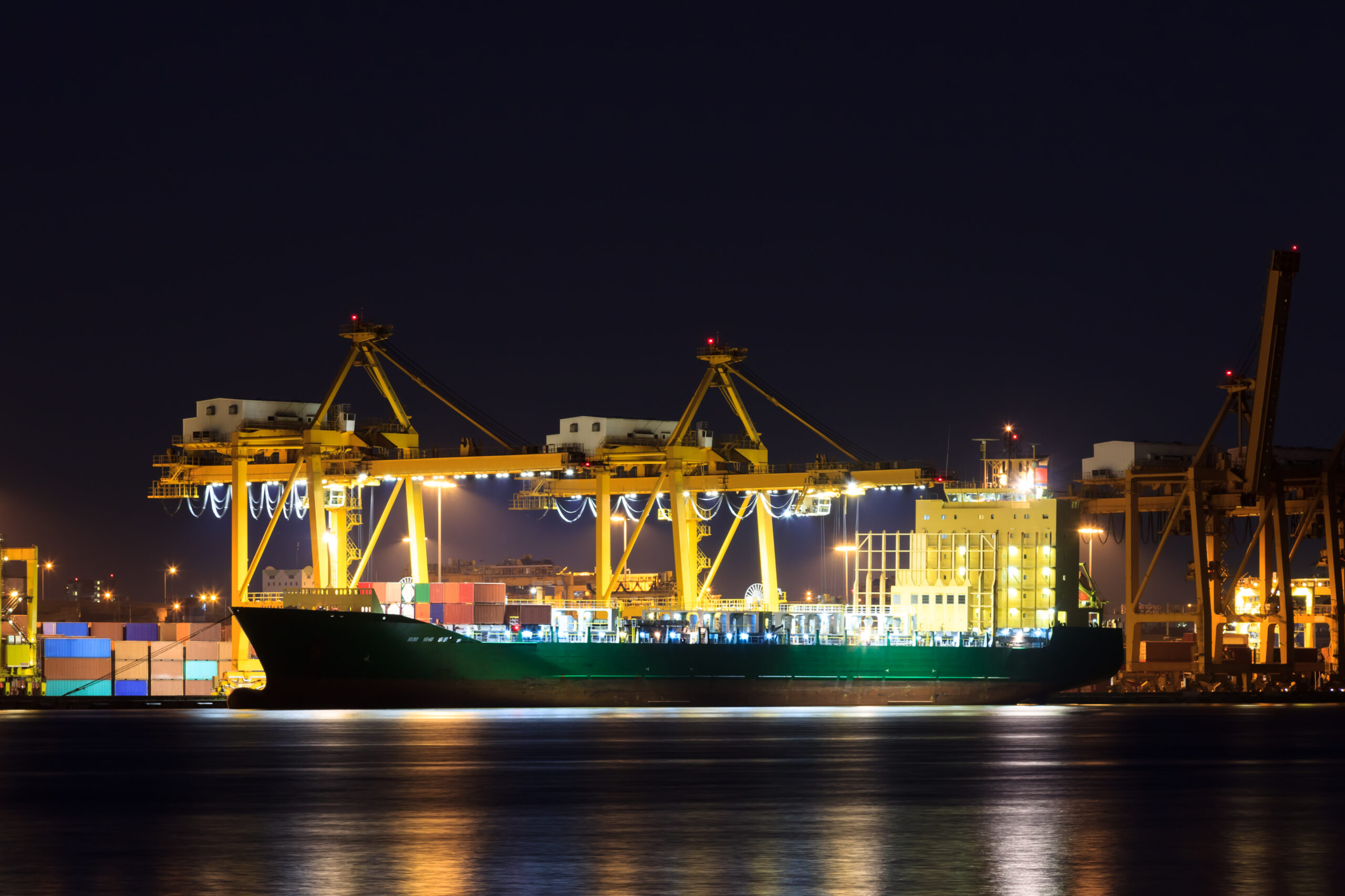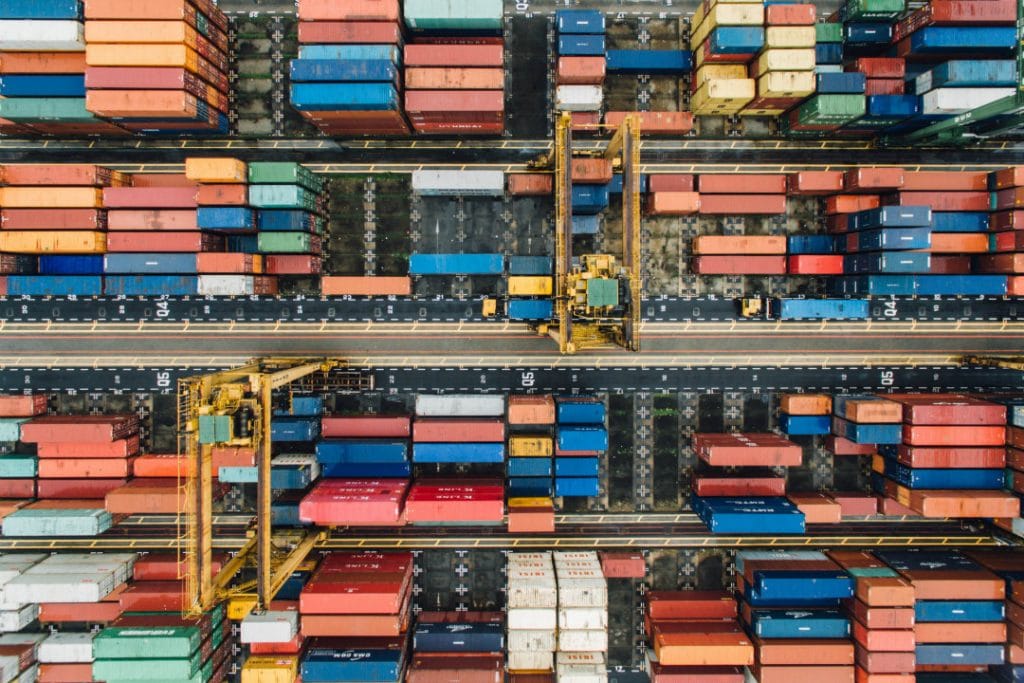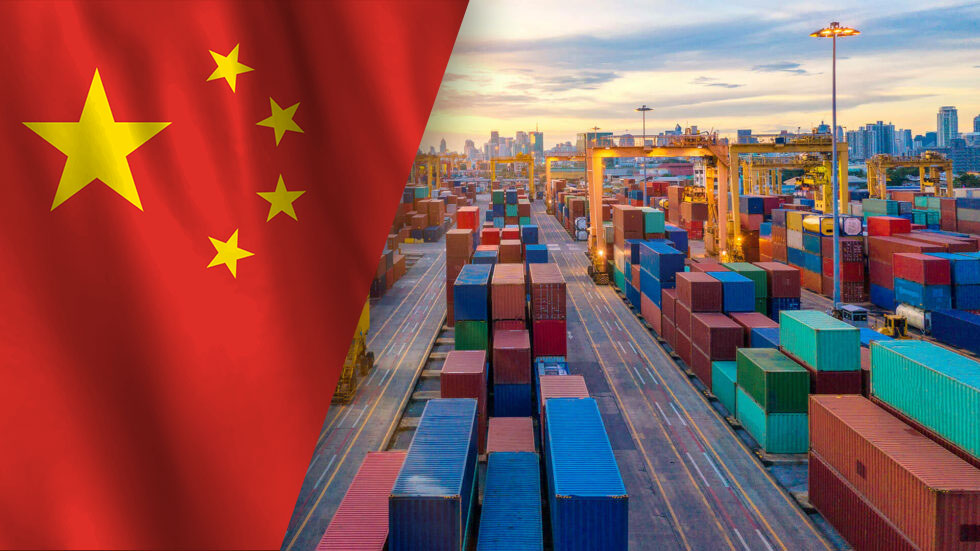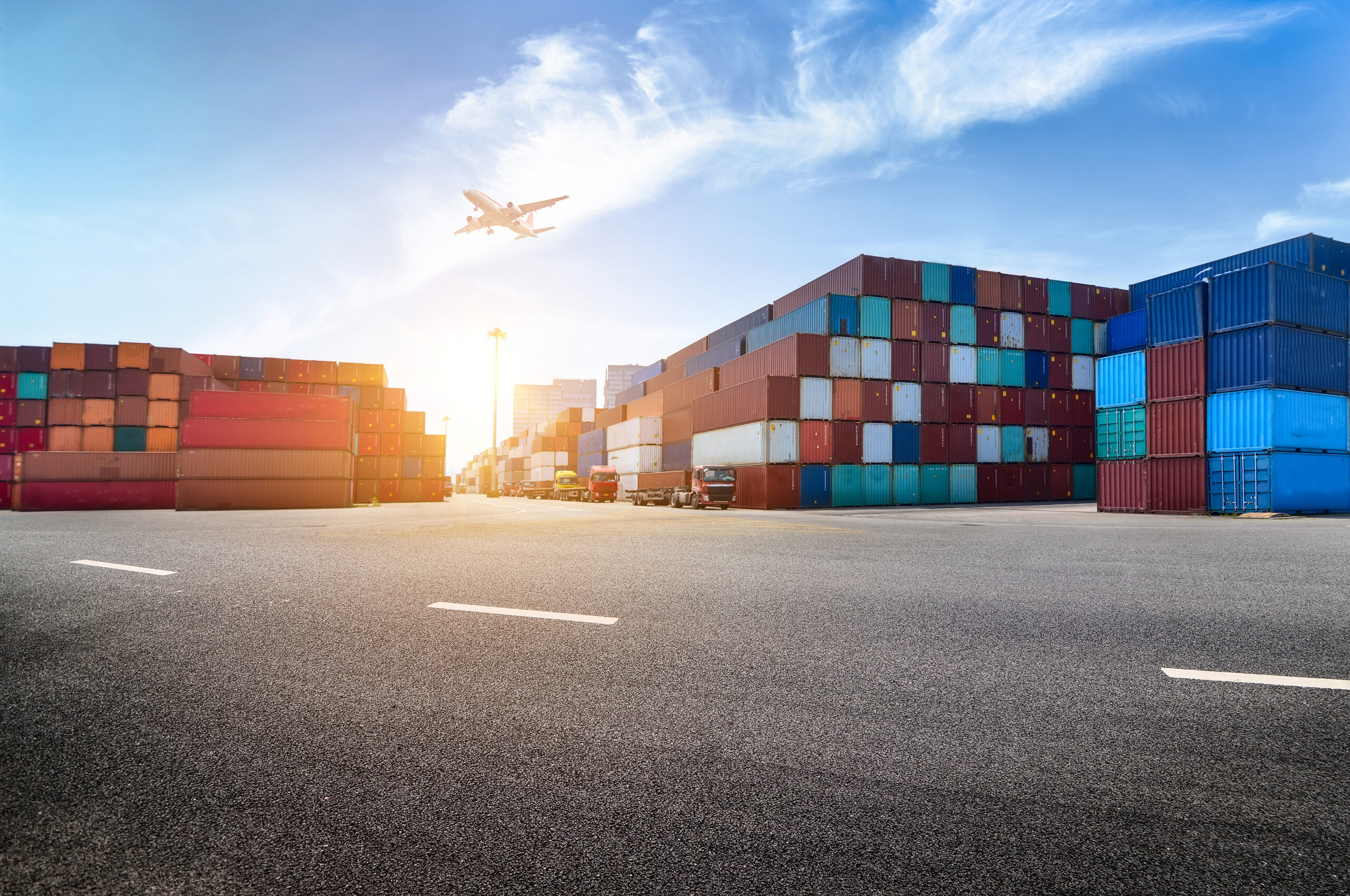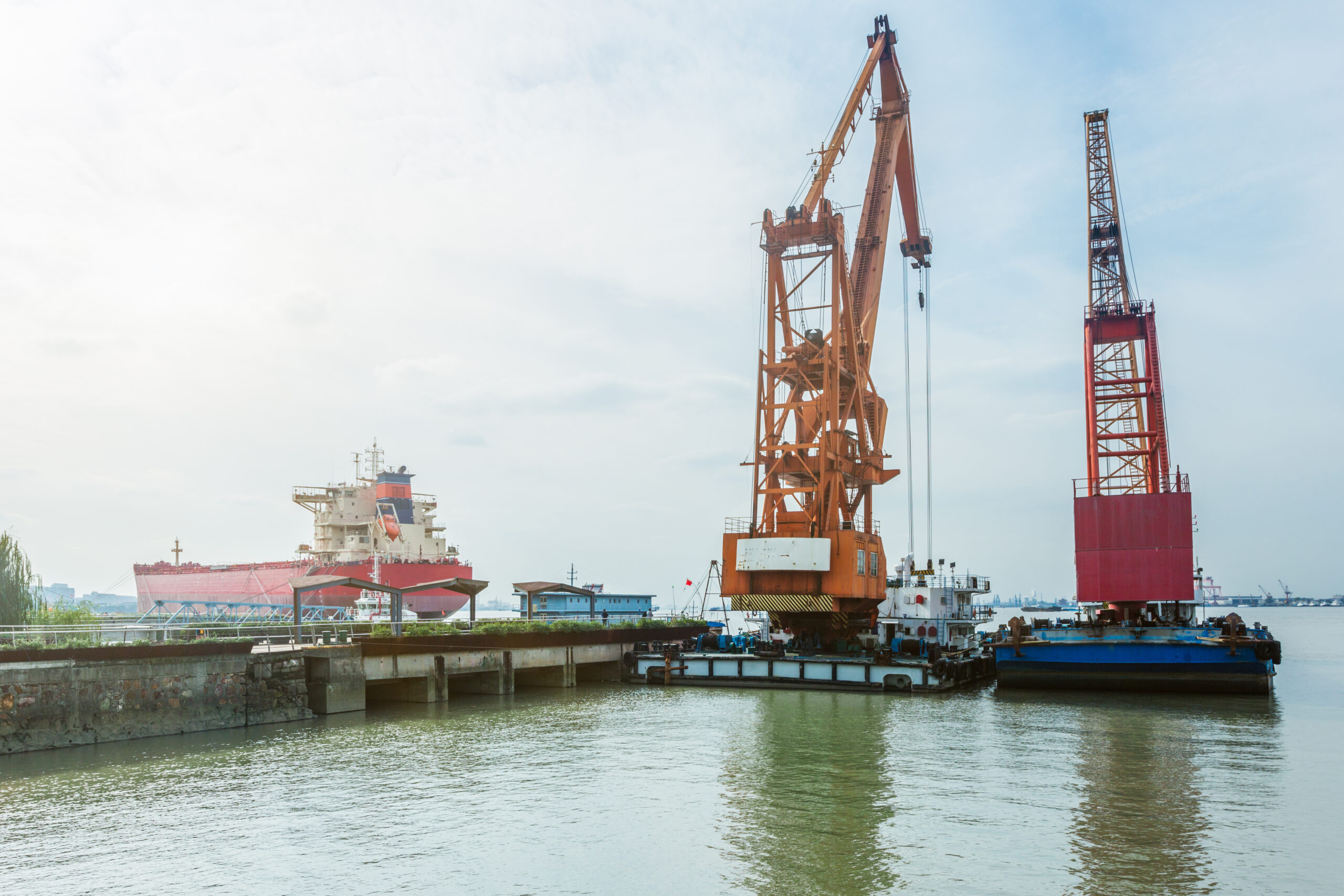This week:
- Torrential rain and thick cloud cause vessel delays of up to a week in major ports throughout Asia
- EU passes a new bill that could speed up green fuel production in Europe
- Experts uncertain about how East and Gulf Coast port labor negotiations will end
- Southern California experiences rising vacancy rates and rising import volumes simultaneously
- US Whitehouse announces new plan to transition freight sector vehicles to green fuel engines with almost $1.5 billion pledge
Vessel Delays at Major Asian Ports Due to Bad Weather
Thick cloud, poor visibility, and torrential rain were the cause of recent port congestion and delays at major Chinese, Malaysian, and Singaporean ports. The worst delays were seen in Shanghai’s East Container Terminal where ships were delayed seven days, while other terminals in Shanghai as well as in Ningbo and Qingdao are seeing a three-day wait.
Berth wait times in Malaysia’s Port Klang average 80 hours, while ports in Singapore average 72 hours due to torrential rain. Because incoming vessels were not able to easily enter the port in poor conditions, a backlog of vessels began to build up. The backlog is now placing additional pressure on the affected ports as traffic as they work to reduce wait times.
Subscribe to JMR’s Weekly Supply Chain Roundup!
Stay informed with the latest supply chain news, trends, and insights. Get it delivered directly to your inbox every week.
New EU Bill Passed Could Pave the Way for Green Fuel Production in Europe
The European Parliament’s Net-Zero Industry Act passed on April 25, adding advanced biofuels and e-fuels to the EU’s list of supported net-zero technologies.
The bill is a key part of the EU achieving its goal of meeting 40% of its energy demand with green fuels by 2030. At its core, the Net-Zero Industry Act aims to support and grow e-fuel production capacity by supporting technology manufacturers through new legislation and investment.
Both the European Commission and EU member states must match at least 40% of the deployment costs for clean fuels for shipping, with production capacity by 2030. 2030
Before becoming law, the Net-Zero Industry Act will need to be passed by the European Council. The bill also covers other benchmark targets for renewable technologies, nuclear, industrial decarbonization, grid, energy storage technologies, and biotech.
Observers Uncertain Over East and Gulf Coast ILA Contract Negotiations
There are mixed opinions over whether or not current International Longshoremen’s Association (ILA) contract negotiations on the East and Gulf Coasts will lead to labor disruptions.
With the current contract set to expire on September 30, ILA union members have set a mid-May deadline for all local port agreements to be finalized or handed up to the next level. The last strike to occur along the East and Gulf Coasts was in 1977, as opposed to the West Coast which has seen labor disruptions in virtually every contract negotiation for the last three decades.
ILA President Harold Daggett did however state last November that union workers would not work past the expiration date without a new contract in place. Without consensus over what will likely happen in the next five months, experts on either side believe that a new contract will be signed on time, while others fear port strikes and cargo diversions back to the West Coast.
Import Volumes and Warehouse Vacancy Both Rise in Southern California
Containerized imports into Southern California have been rising through the first quarter and continue to do so, but they have not had a noticeable effect on warehouse vacancy rates in the area.
As of April 19, vacancy rates in Los Angeles sat at 4% after a steady rise from the congestion seen in 2021 and 2022 with 2% vacancy. While the long-term average rate for the area reported by logistics real estate company Prologis was closer to 6.4%, the upward trend for warehouse vacancy has maintained its course despite growing quantities of container traffic.
According to the National Retail Federation, US imports for the first half of this year are expected to sit 11% higher than the same period last year. Ocean carriers have also restarted 11 trans-Pacific and north-south services in anticipation of strong US consumer spending flowing into the second half of the year.
Some potential reasons for the soft southern warehouse market include a slower-than-expected 2023, freight moving away to the East and Gulf Coasts after last year’s West Coast port labor negotiations, and increased numbers of third-party logistics providers in the area.
US Whitehouse Pledges Almost $1.5 Billion to Transition the Freight Sector to Zero-Emission Vehicles
The Whitehouse announced on April 24 that it has set the goal of transitioning all transportation, including trucks, rail, aviation, and maritime, to zero-emission freight. The largest section of the plan gives almost $1 billion to cities, states, and tribes through the Environmental Protection Agency.
The granted funds can then be used to replace class 6 and class 7 heavy-duty vehicles, such as delivery trucks. Approximately $400 million will be allocated to projects mitigating air and noise pollution, and the remainder will help fund charging and green fuel infrastructure.
(Source: Yunsik Noh | Unsplash)

